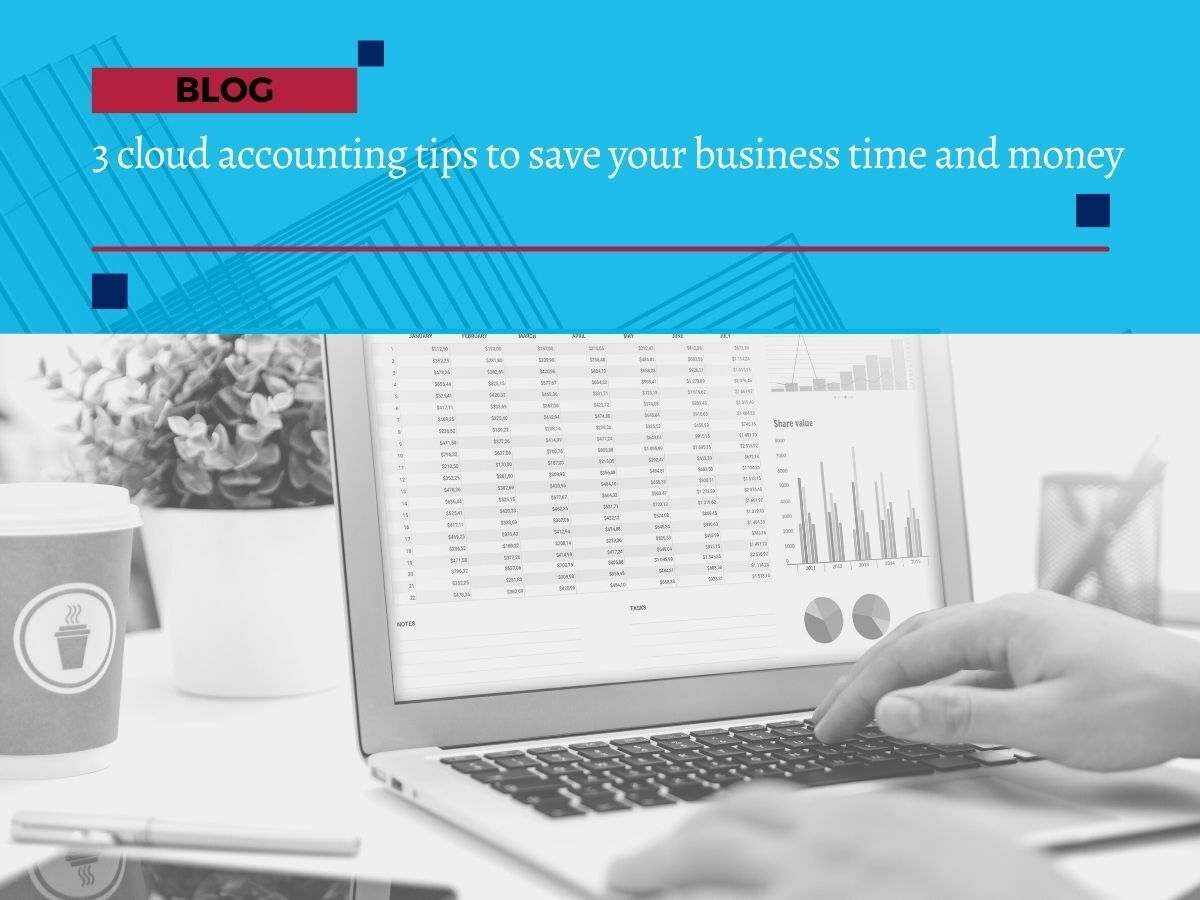
Keeping your cashflow strong in tough times
Keeping your cashflow strong in tough times
Small businesses are particularly vulnerable in tough economic times.
When sales are slow, there are still overheads and salaries that need to be sorted.
At First Class Accounts Ovens and Murray, we understand that the key to staying afloat and continuing to thrive during this time is pre-planning and forward thinking.
Here are some tips to help your business thrive in these difficult times:
Get a clear picture of your payroll and planned expenses
It's important to have a detailed understanding of your business's expenses so that you can plan for any potential shortfalls.
Make sure you have a clear picture of your payroll, and any other planned expenses that will need to be accounted for. If there’s even a possibility that there could be a shortfall, it’s essential to meet this head-on.
By forecasting and budgeting meticulously, you'll be able to better understand how you're placed to weather financial strains if or when they arise.
Invoice early
Sending invoices as soon as possible and in advance can help you receive payments sooner. By proactively billing your clients or customers, you increase the chances of receiving payment promptly. Offering a retainer or similar deal to regular clients or customers can also encourage them to book services or make purchases in advance, providing you with a cash flow boost.
Chase payment
It's essential to follow up on any outstanding payments during tough times. Maintain strong communication with your clients and proactively remind them about their unpaid invoices. By initiating conversations and expressing the importance of timely payment, you can encourage clients to settle their dues promptly. Read 6 secrets to getting prompt payment here.
Talk to suppliers
A little honesty can go a long way. Being honest with your suppliers about your financial situation can lead to more flexible arrangements. Openly communicate with them and explore the possibility of extending a line of credit or negotiating alternative payment terms. Suppliers who value an ongoing business relationship may be willing to work with you to find mutually beneficial solutions.
Review Inventory
Evaluating your inventory can help identify potential cost-saving measures. Look for local suppliers who may offer cheaper alternatives, reducing shipping costs. Additionally, consider discussing alternative products with your suppliers that could help you lower expenses without compromising the quality or value you offer to your customers.
Review your costs
It’s also a good idea to do a general review of expenses. Business costs can creep up, and it’s a great idea to make a time to check on your expenses regularly, no matter what your financial situation. Review all of your regular payments and subscriptions as well as upcoming costs. There may be travel, functions or purchases which you can decide on an alternative approach to.
Talk to the bank or tax department
If you're experiencing tight cash flow, it's important to initiate early conversations with your bank and tax department. By discussing your situation, you can explore available options for financial assistance, such as credit facilities or tax payment extensions. Proactive communication allows you to put necessary arrangements in place and ensures you have the support needed to navigate challenging times.
Need help?
We can help you implement strategies to protect your business for the long terms and help you alleviate cashflow worries. Get in touch.








